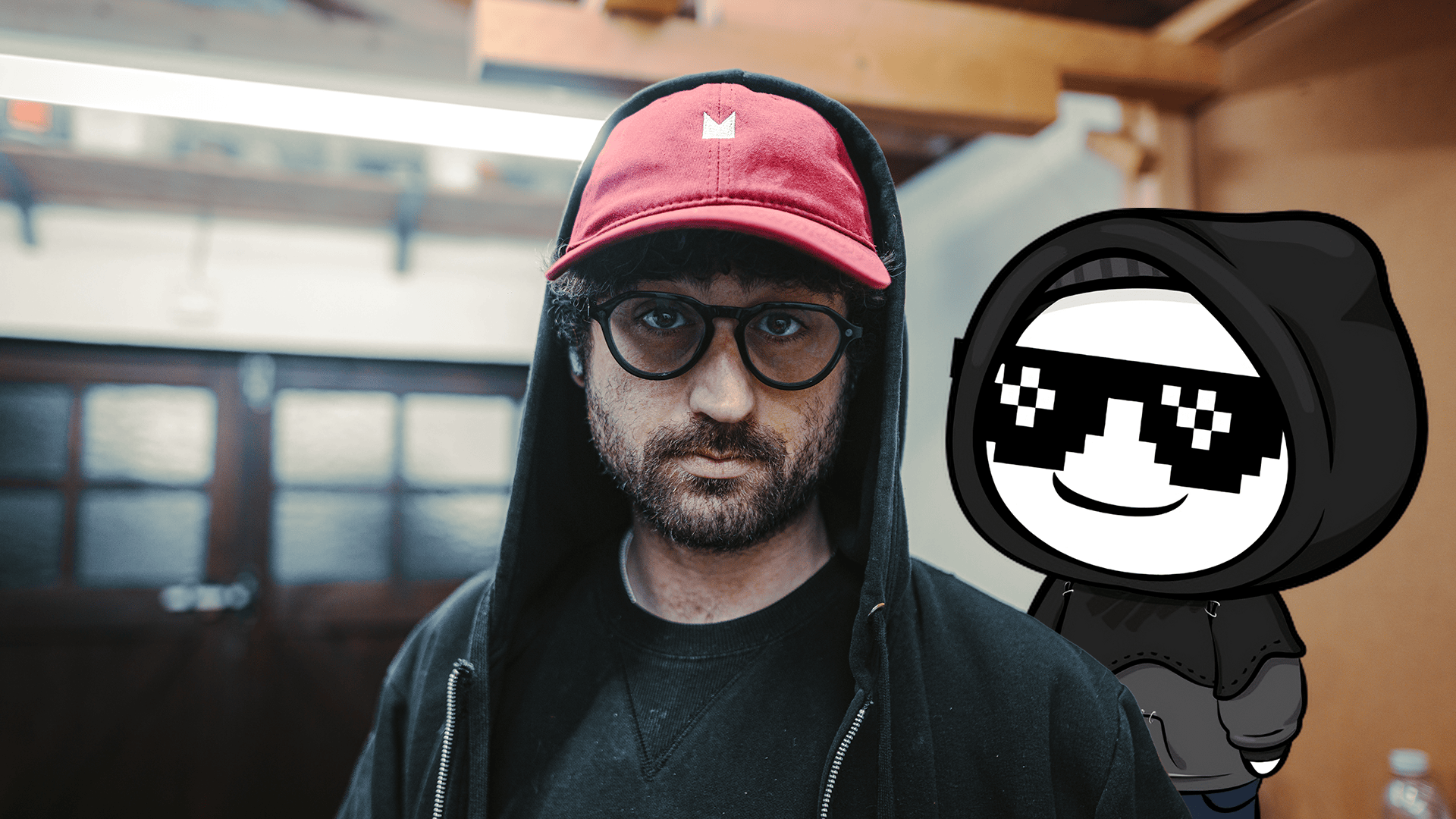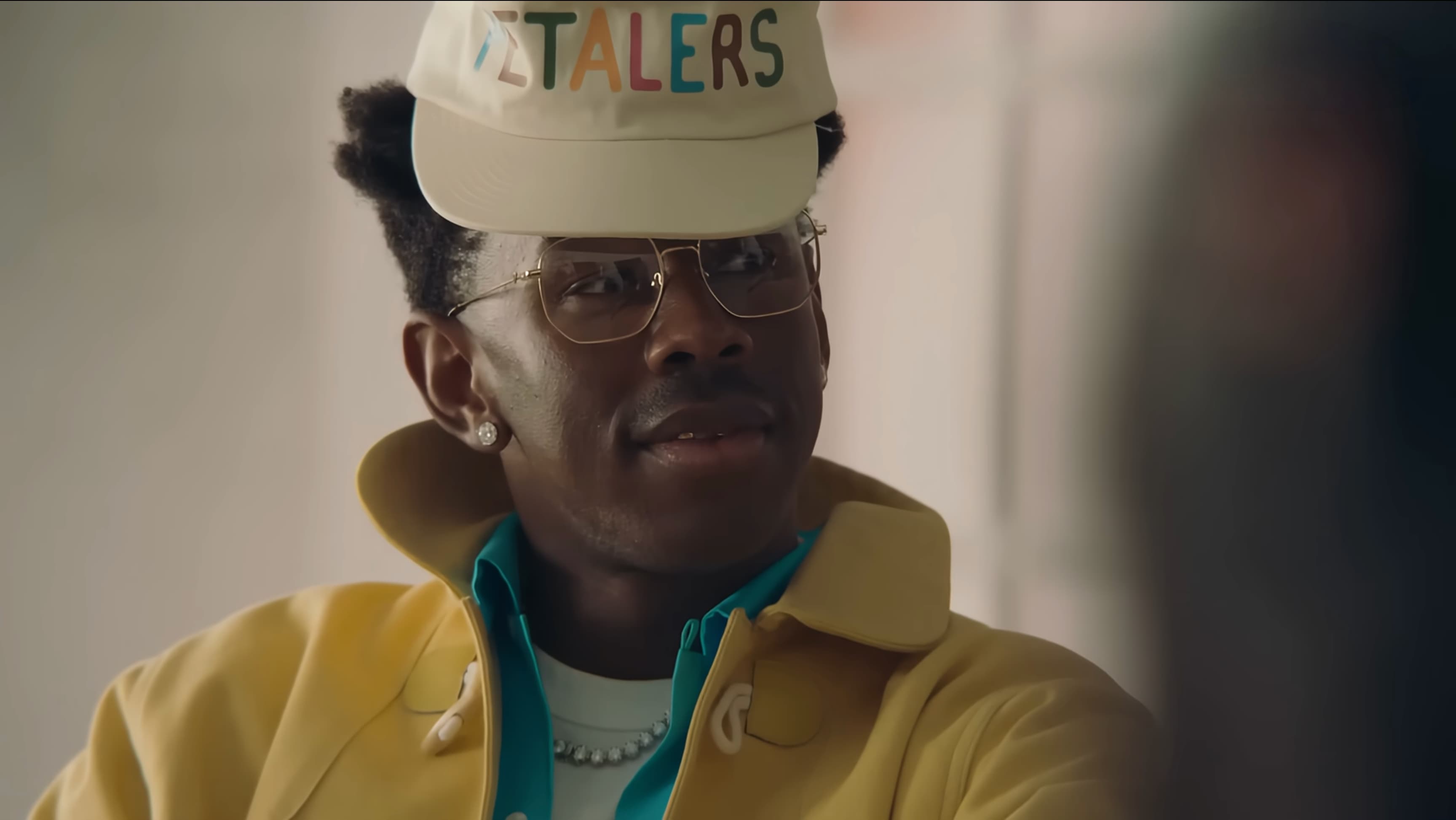
Post Date:
25 August 2025
Read time:
6
mins
The brutal but valuable nature of Reddit
The Start of Using Reddit
Over the last 6 months or so, I have been posting my design work on the very raw platform of Reddit for two reasons.
The first was one of necessity; once I left Cherry, it was harder to get immediate crits from my design team on my personal work.
It was always part of my practice as a design leader to show what I was working on in my personal time as well as work time. I found it essential to inspire the team on what's possible outside of the constraints of the day job.
Don't get me wrong, it's a two-way street. Not only do I inspire my team, but I get strong feedback from designers that I respect. The crits were always strong but fair, well articulated with rationale and included new ways to solve problems. It's the culture I had created so that we, as a team, could produce the best work we could within our heavily restricted environment.
So when I went on my own, I needed an avenue to get that same kind of criticism of my work. r/design_critiques and r/graphic_design are two large communities of people ready to give that feedback.
Beauty in the Brutality
The second reason was the reason I carried on posting in there. If you want harsh crit, they will very happily give it to you. Although this isn't for the faint-hearted, my team would give me well-articulated feedback and solutions.
On Reddit, only a fraction of the feedback is nuanced in that kind of way; the vast majority is very raw and very harsh. If you can handle it and have the capacity to see through the surface-level comment, look deeper to what the trigger of the comment is, this becomes an incredibly valuable tool.
Pair that with the raw metrics you get from the insights—how many impressions, upvotes, downvotes and number of comments—you have a powerful way of getting feedback on your work.
The Caveat to a Product Designer's Dream
As a product designer, qualitative and quantitative data is the jackpot, and Reddit gives you just that. A big caveat here though, you're not necessarily always targeting the audience that might use your product, but in the absence of access to the right audience, it is a brilliant stand-in when you have no data.
With Adaki, we were moving from the tech bro world into fashion, so Reddit gave us direct access to the right audience. Using subs like r/streetwearstartup gave us a completely new audience to test in. Yes, it was skewed towards existing brand owners but there are a fair amount of people there that are looking for new brands.
It taught us that the web3 part of the business didn't appeal to the space we were moving into. I truly believe they would have appreciated the value of that tech once it got into their hands, but it gave us a clear direction not to go in.
The first site I had built was trying to straddle both with a leaning towards the tech, and it was clear that this was the wrong approach. The lessons here were priceless, and we wouldn't have got them without the massive audience on Reddit. So the next step was to rebuild with the feedback in mind. I've written about this before so check out that thought here.
Time for Round Two
When it was time to focus on my own portfolio and brand, it was time to go back into the trenches. As any designer will know, doing your portfolio is by far, the hardest job you will ever do. It's so much easier to take a client's problem or idea and bring a solution into fruition.
Nevertheless, we have to sell ourselves and the portfolio is a key part of this. So after my first iteration and initial round of feedback from my peers, I was ready for the raw feedback. I posted in r/design_critique and r/graphic_design.
With a combined 9.2K impressions, it was viewed by a fair number of people. It only got a combined 13 upvotes (and a fair amount of downvotes) and total of 29 comments across both. From the raw metrics, it paled in comparison to the Adaki work.
The comments were rough; people were not afraid to rip into my execution of Putting Humans First in the header, the typography was shredded, and the UX of the site was questioned considering the claim I was making. Some of the feedback did align with my peers though, albeit said in a much blunter way.
Two more weeks of crafting, considering the feedback from both peers and Reddit alike, and it was ready for round 2.
Same subs and the metrics were very different. Similar reach, around 8.9K impressions, but it got 20 upvotes in r/graphic_design alone with a 95.5 upvote ratio, very different from round one. 44 comments across both and although they were harsh, they were focused on completely different things. Now it was sweating the small stuff, but overall, it landed much better.
The Moral of the Story
If you want a real lesson from vocal users then jump on Reddit and start posting your work. You have to look deeper in a lot of the criticism but I promise, as brutal as it seems, there are lessons behind every comment that you can draw improvements from.
There aren't many places that you can create, deploy, get feedback and iterate in such a short period of time with such valuable metrics. Take advantage of that and pair it with extra tools. I used Plausible for my cookieless analytics and Kutt for my personalized UTM links. All open source and can be run on your own VPS.
Combining that with my Analytics tool is next, drawing on the vast amount of data you get from all of this is the core of iterative development of a product. Whether that's a brand you're part of or your own personal brand. Don't sleep on these giant communities that will ultimately improve every part of your work.
Thought
Up Next

Post Date:
25 August 2025
Read time:
3
mins
Struggling with carving your own path?
Tyler’s journey highlights the power of embracing uncertainty, staying authentic, and pivoting through challenges to create unique work that truly resonates with others.
Read the thought